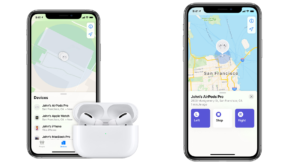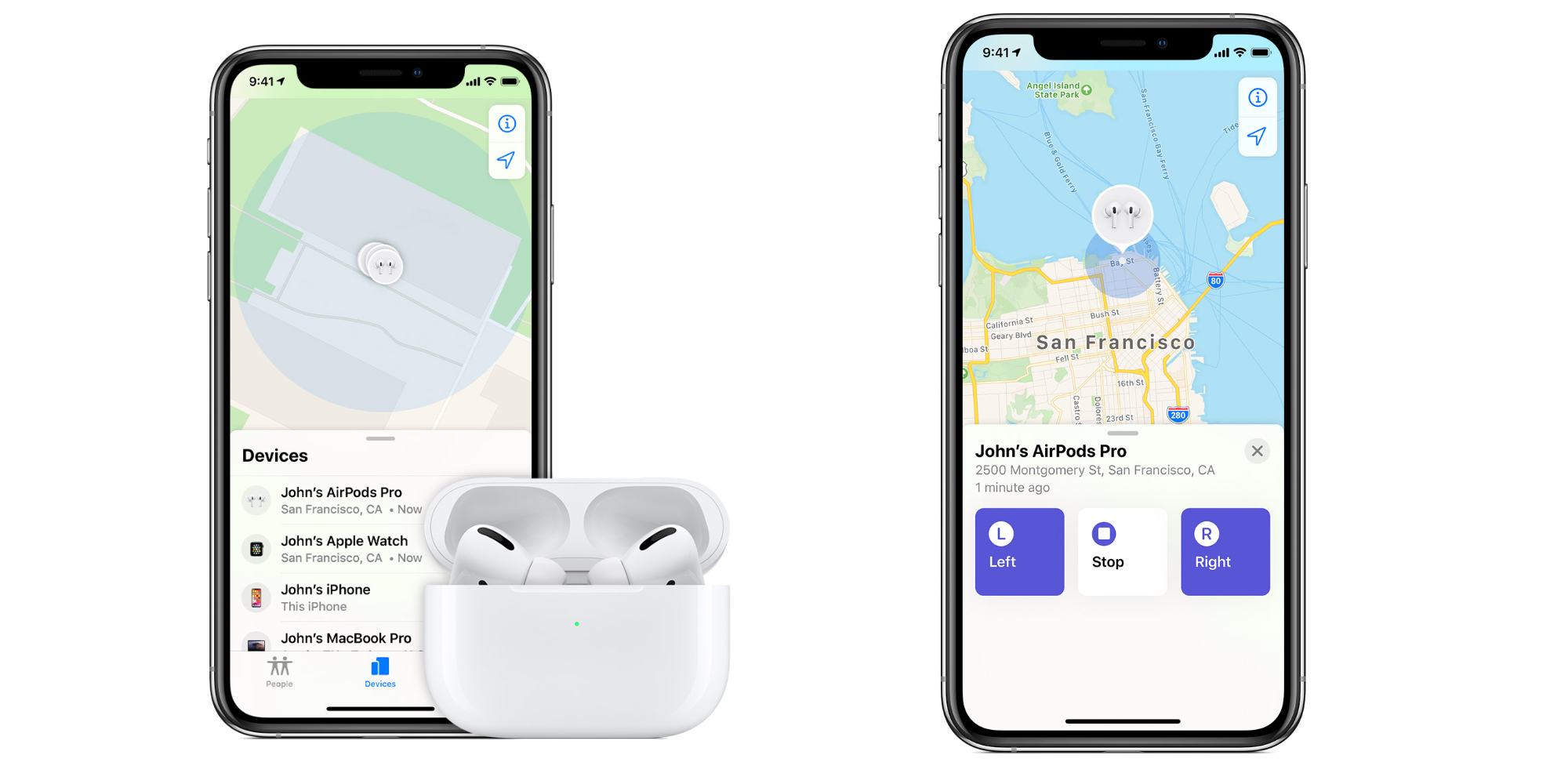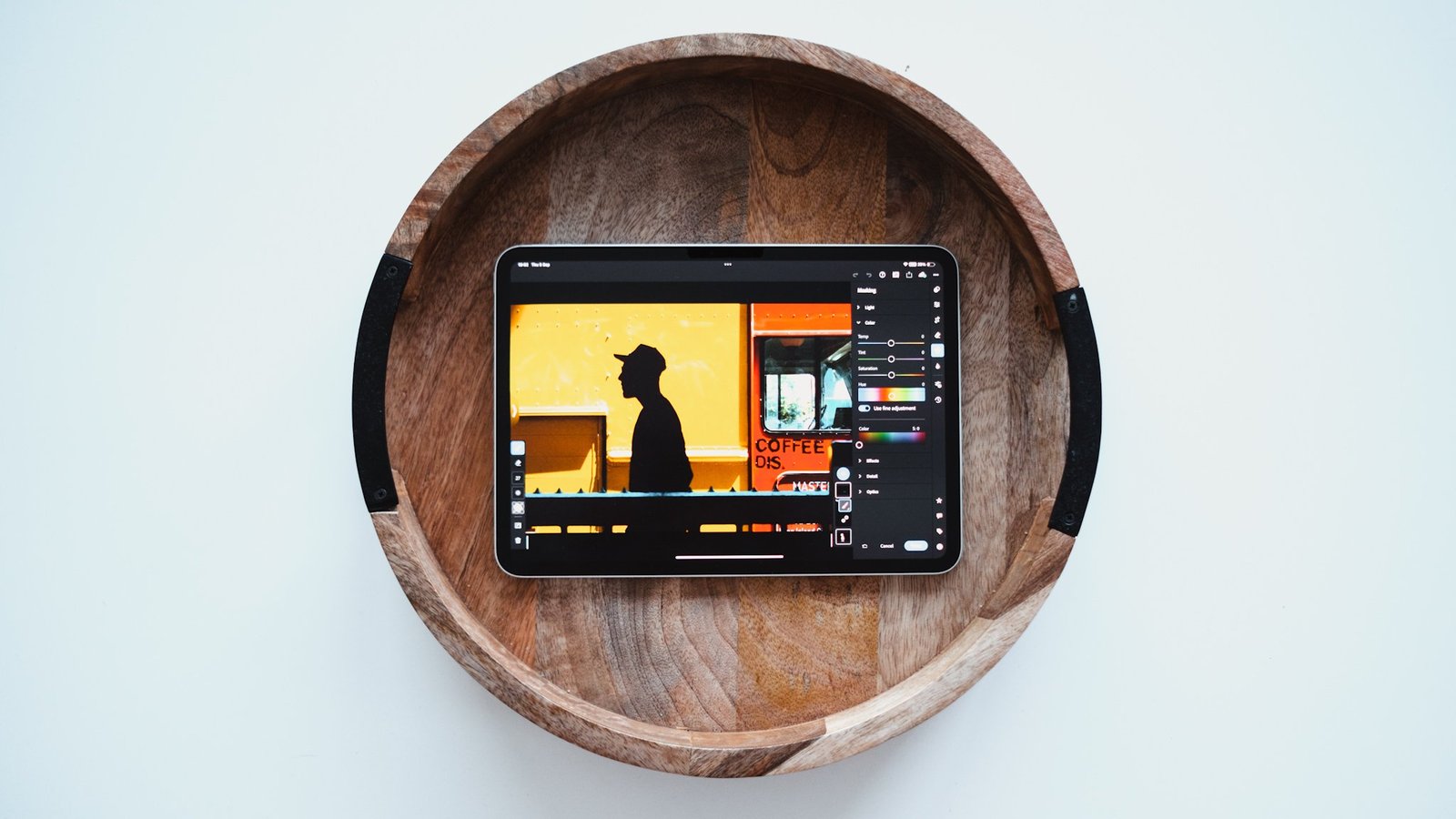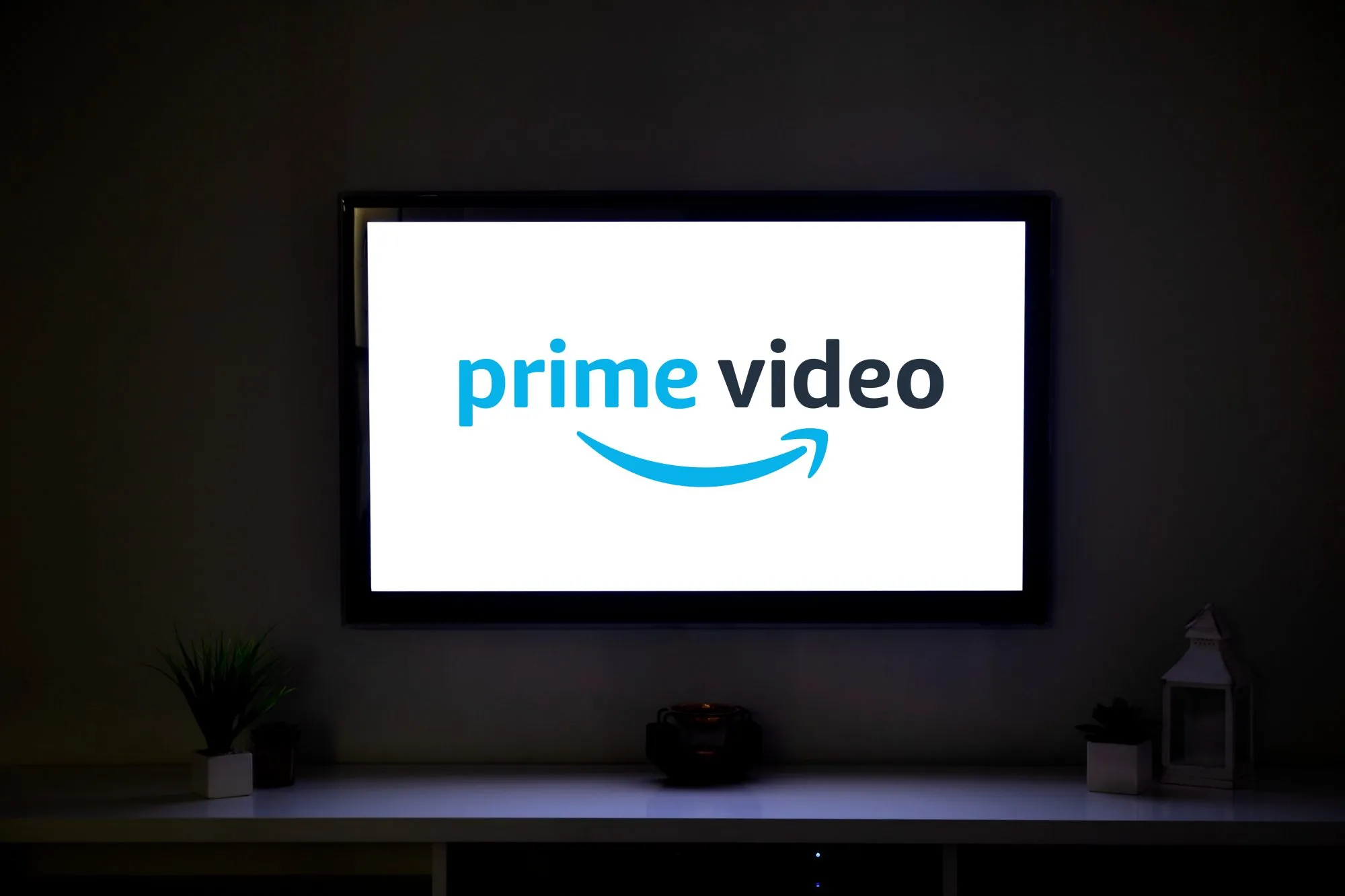In a recent turn of events, sparked by an antitrust lawsuit filed by the US Department of Justice against Apple, the tech giant found itself in the spotlight for its market practices. Among the revelations, Apple admitted to having explored the possibility of making its flagship Apple Watch compatible with Android smartphones. This admission sheds light on a long-debated topic: the feasibility of creating an Apple Watch for Android users.
The Apple Watch, launched in 2014, was explicitly designed to complement the iPhone, requiring an Apple smartphone for setup and synchronization. Over the years, while Apple has slightly loosened the Watch’s dependency on the iPhone—such as allowing setup for children without an iPhone—the device remains fundamentally tied to Apple’s ecosystem. This deep integration with iOS presents both technical and strategic challenges in making the Watch compatible with Android.
From a technical standpoint, the Apple Watch’s operating system, watchOS, is built on the same foundation as iOS, making it heavily reliant on iPhone’s functionalities. Initially, watchOS apps couldn’t run independently on the Watch hardware; they operated through the iPhone, conserving the Watch’s limited processing power. Though newer versions of watchOS and the Apple Watch hardware have made strides toward independence, enabling features like Wi-Fi connectivity and cellular data use without an iPhone, the underlying architecture still leans heavily on iOS. Many of the Watch’s functionalities, especially newer ones, require concurrent iOS updates due to shared frameworks between the two operating systems.
Strategically, Apple’s hesitation to make the Apple Watch Android-compatible reflects its broader business model, prioritizing a seamless ecosystem of products and services. The integration between Apple devices encourages customers to stay within Apple’s ecosystem, enhancing user experience while promoting brand loyalty.
While technically feasible, the creation of an Apple Watch for Android users would demand significant resources and a shift in Apple’s strategic approach. Apple’s decision to scrap the project after three years of consideration underscores the complexity of such an undertaking, not just in overcoming technical barriers but also in aligning with the company’s long-term business goals.
While the idea of an Apple Watch for Android users sparks interest and debate, the realization of such a product faces substantial hurdles. From the intertwining of technical dependencies to strategic business decisions, Apple’s exploration into this territory highlights the delicate balance the company maintains in innovating while preserving its ecosystem.

















Add Comment